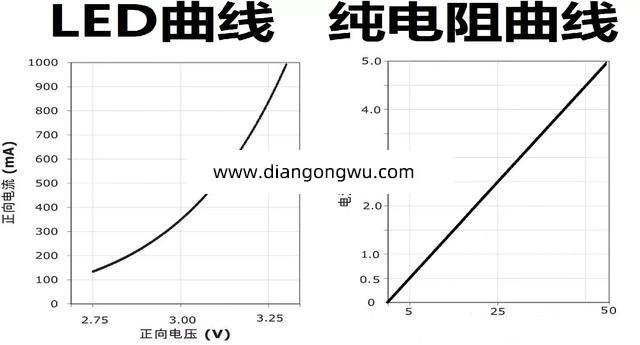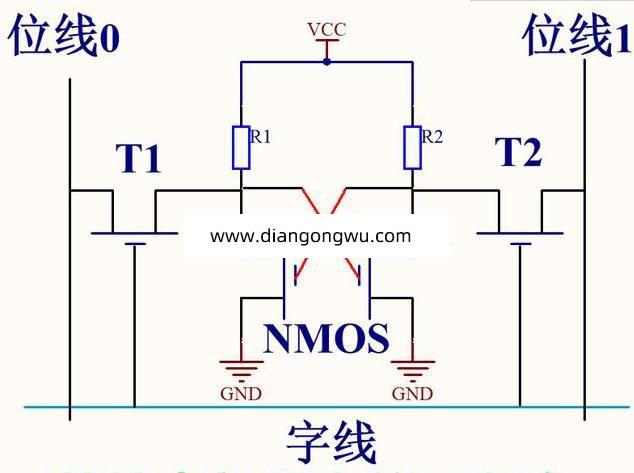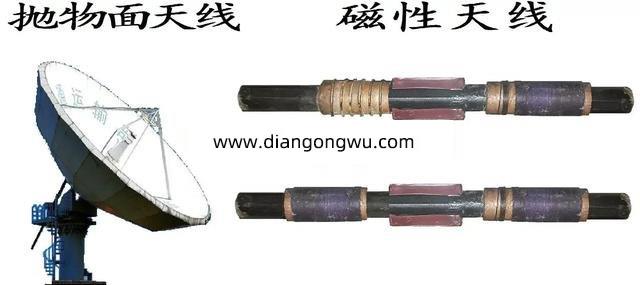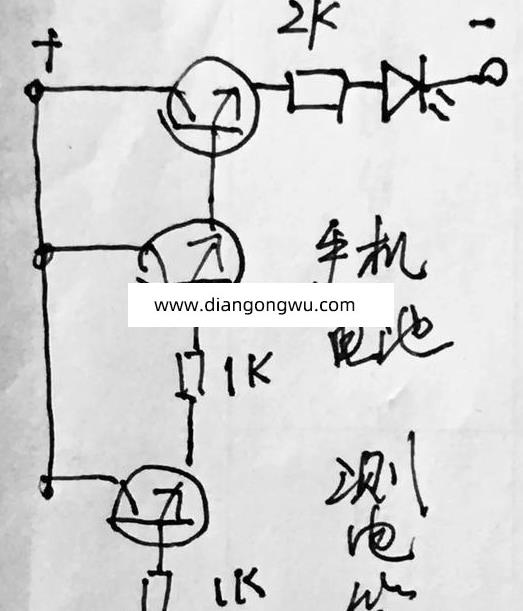今天小编要和大家分享的是MEMS,传感技术相关信息,接下来我将从如何使用代码发布导航需要的传感器信息,激光雷达生成的影像这几个方面来介绍。

MEMS,传感技术相关技术文章如何使用代码发布导航需要的传感器信息
在导航过程中,传感器的信息至关重要,这些传感器可以是激光雷达、摄像机、声纳、红外线、碰撞开关,但是归根结底,导航功能包要求机器人必须发布sensor_msgs/LaserScan或sensor_msgs/PointCloud格式的传感器信息,本篇将详细介绍如何使用代码发布所需要的消息。

1、ROS的消息头信息
无论是 sensor_msgs/LaserScan,还是sensor_msgs/PointCloud ,都和ROS中tf帧信息等时间相关的消息一样,带标准格式的头信息。
#Standard metadata for higher-level flow data types
#sequence ID: consecutively increasing ID
uint32 seq
#Two-integer timestamp that is expressed as:
# * stamp.secs: seconds (stamp_secs) since epoch
# * stamp.nsecs: nanoseconds since stamp_secs
# time-handling sugar is provided by the client library
time stamp
#Frame this data is associated with
# 0: no frame
# 1: global frame
string frame_id
以上是标准头信息的主要部分。seq是消息的顺序标识,不需要手动设置,发布节点在发布消息时,会自动累加。stamp 是消息中与数据相关联的时间戳,例如激光数据中,时间戳对应激光数据的采集时间点。frame_id 是消息中与数据相关联的参考系id,例如在在激光数据中,frame_id对应激光数据采集的参考系。
2、如何发布激光扫描消息
2.1、激光消息的结构
针对激光雷达,ROS在sensor_msgs 包中定义了专用了数据结构来存储激光消息的相关信息,成为LaserScan。LaserScan消息的格式化定义,为虚拟的激光雷达数据采集提供了方便,在我们讨论如何使用他之前,来看看该消息的结构是什么样的:
#
# Laser scans angles are measured counter clockwise, with 0 facing forward
# (along the x-axis) of the device frame
#
Header header
float32 angle_min # start angle of the scan [rad]
float32 angle_max # end angle of the scan [rad]
float32 angle_increment # angular distance between measurements [rad]
float32 time_increment # time between measurements [seconds]











